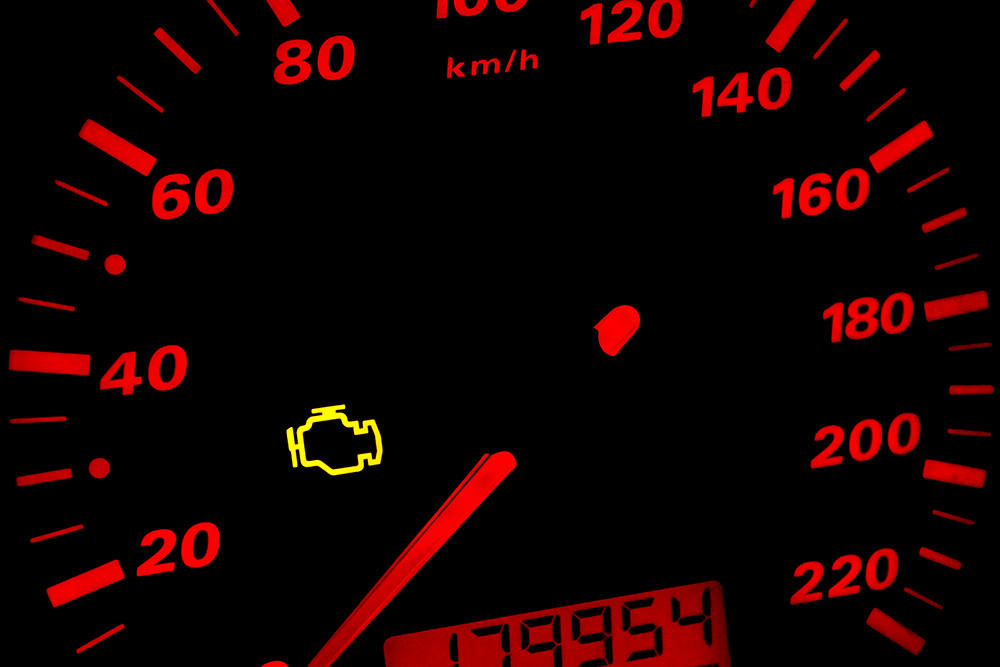What to do when your 'check engine' warning light appears

You are driving with a trunkful of groceries and children in the back seat. Just two blocks from home and you notice the “check engine” light glowing on your instrument panel. What should you do?
“If the light comes on at all, you should have the vehicle looked at within fourteen days,” said Tony Molla, vice president of communications at ASE. “As soon as possible is always best.”
The light could point to minor tuning adjustments. Or it could signal damage in the vehicle’s fuel or emissions system, including misfiring spark plugs which can damage your vehicle’s catalytic converter.
“Vehicles now monitor their own health,” Molla said. “The ‘check engine’ light indicates a problem in engine or emission control performance.”
Or the light may indicate a faulty engine sensor. The only way to tell is by getting a diagnostics check, said Molla.
Some car manufacturers have hundreds of trouble codes. Sophisticated diagnostics equipment and a certified technician are required to pinpoint the exact cause.
“The code only tells a technician that there’s a problem in a particular circuit,” Molla said. “A trained eye is needed to interpret and apply a trouble code to the solution.”
Molla had the following suggestions for drivers who encounter a “check engine” light:
- A steady light indicates a “trouble code” for your engine and needs immediate attention. Usually, the alert requires analysis performed with sophisticated test equipment.
- An intermittent “check engine” light may indicate a faulty sensor and does not immediately affect emissions or fuel economy. Let your service advisor know how often and when the light appears.
- Use a technician trained to understand and diagnose engine alerts. Trouble codes must be interpreted and the codes vary from manufacturer to manufacturer.
- Like having an x-ray performed by your doctor, a vehicle diagnostics exam may lead to further tests before treatment is recommended.
“A loose gas cap on a new car can trigger the ‘check engine’ light,” Molla said. “A certified professional can determine the difference between a bad connection and a failed part.”